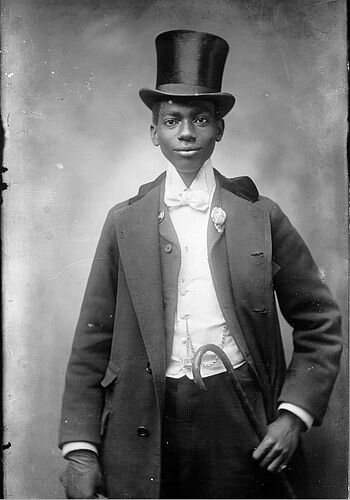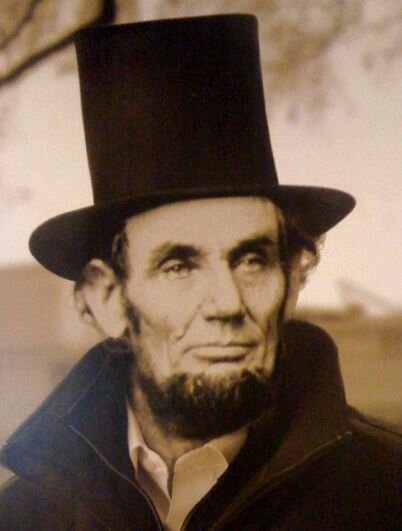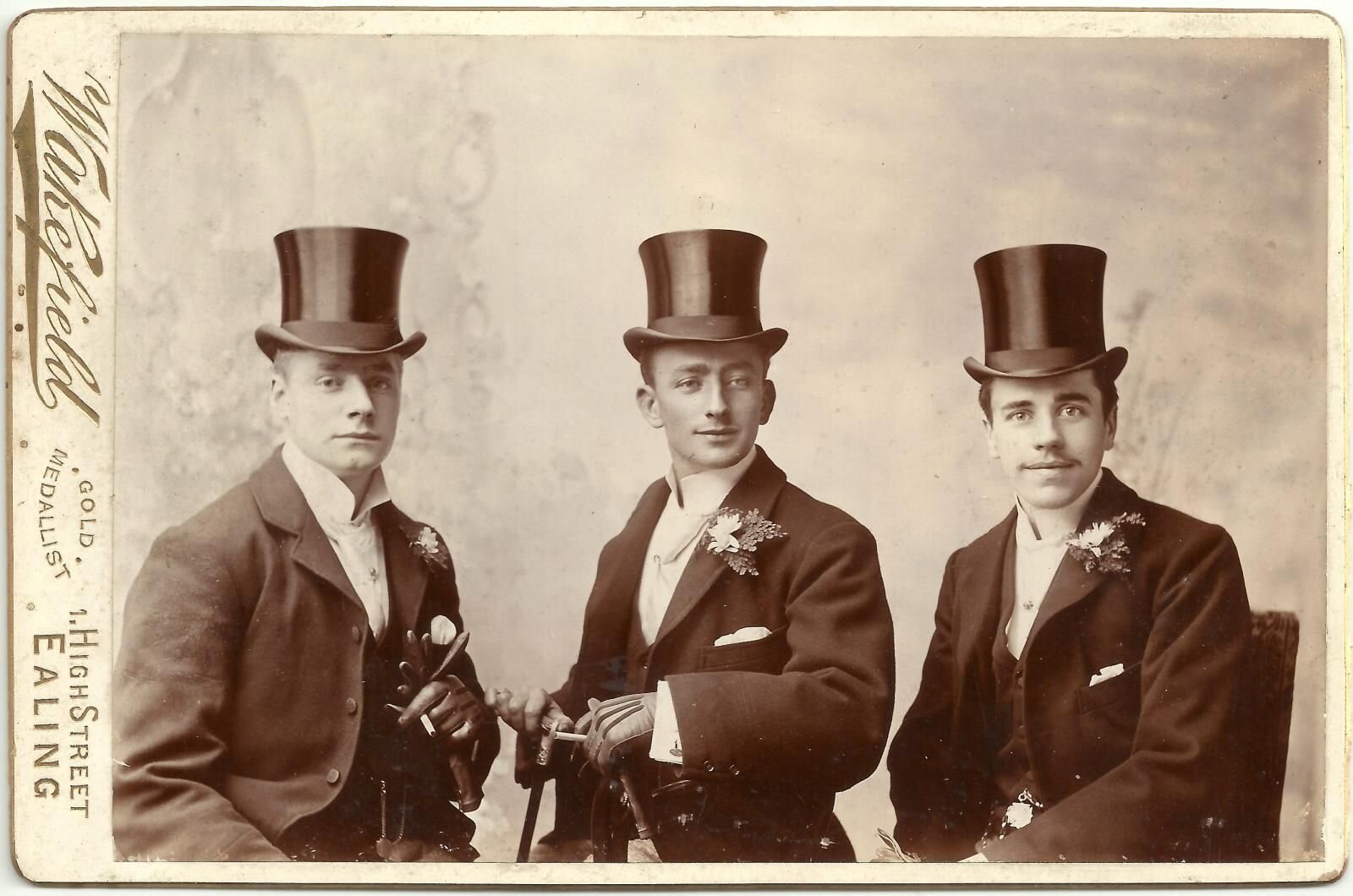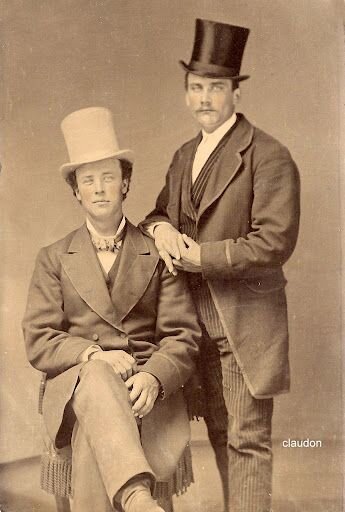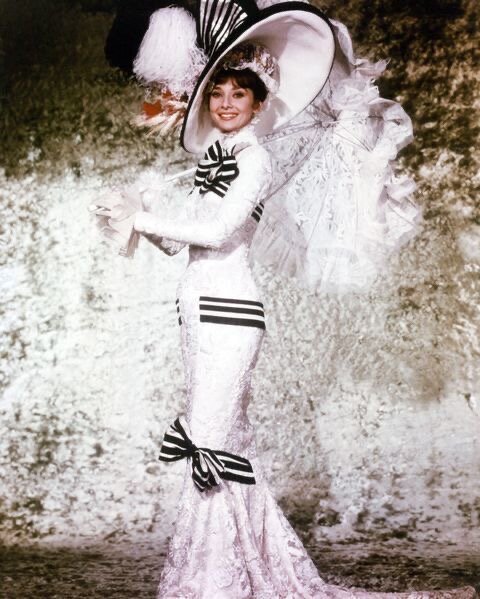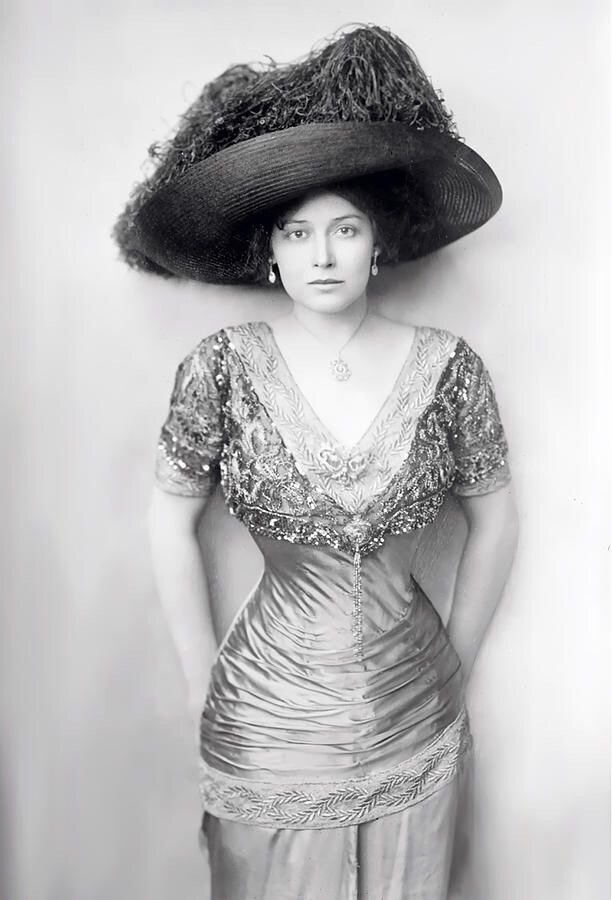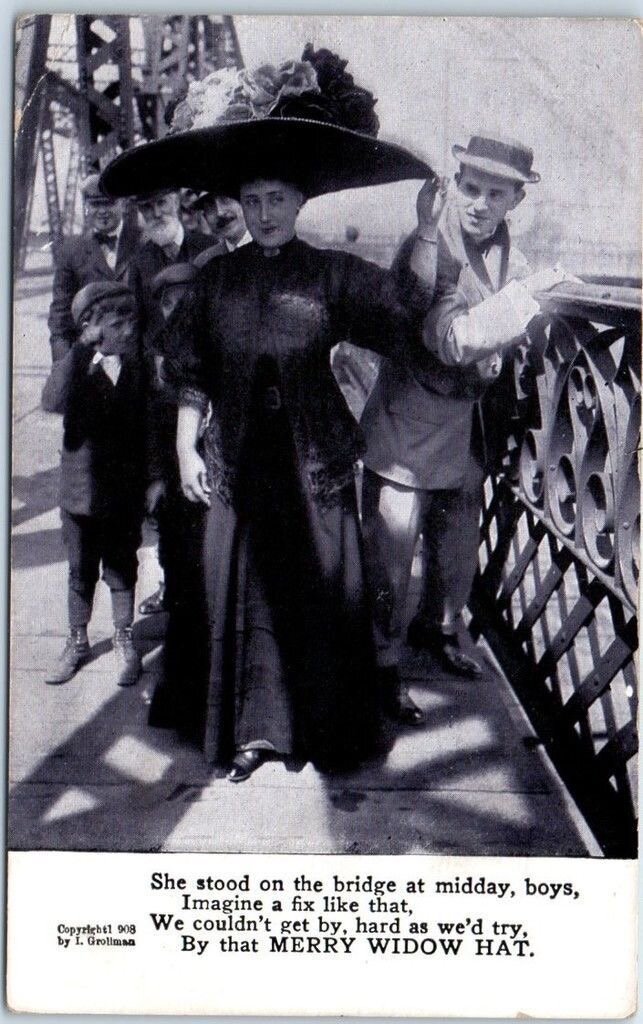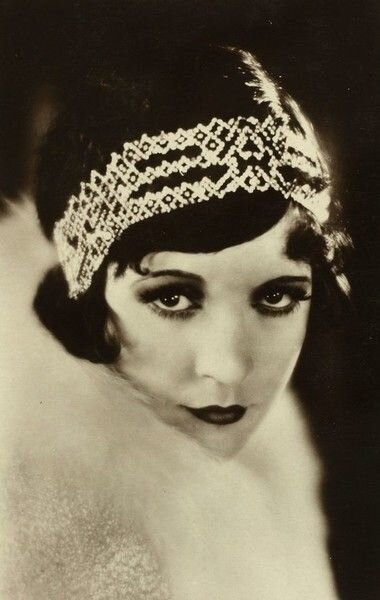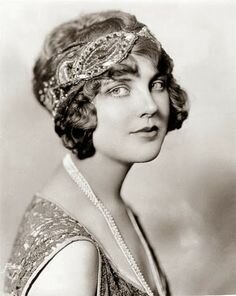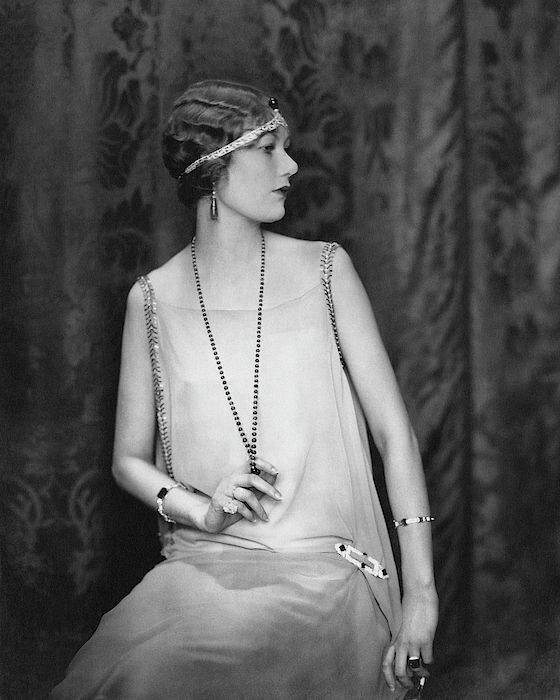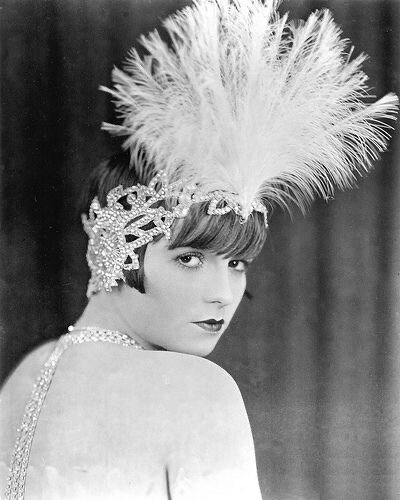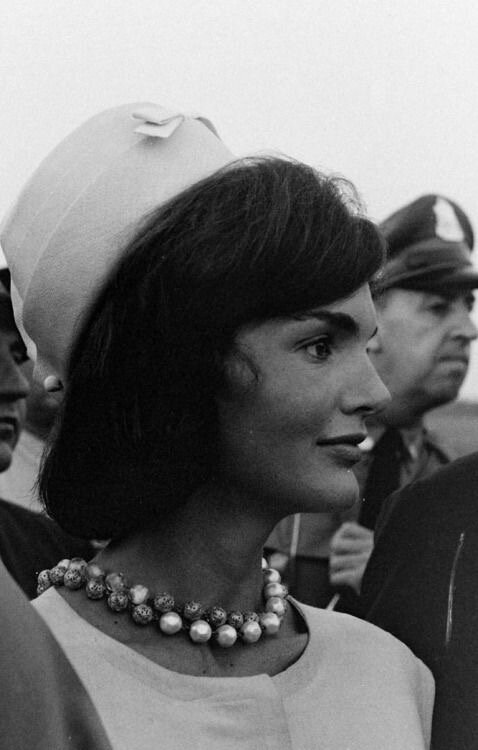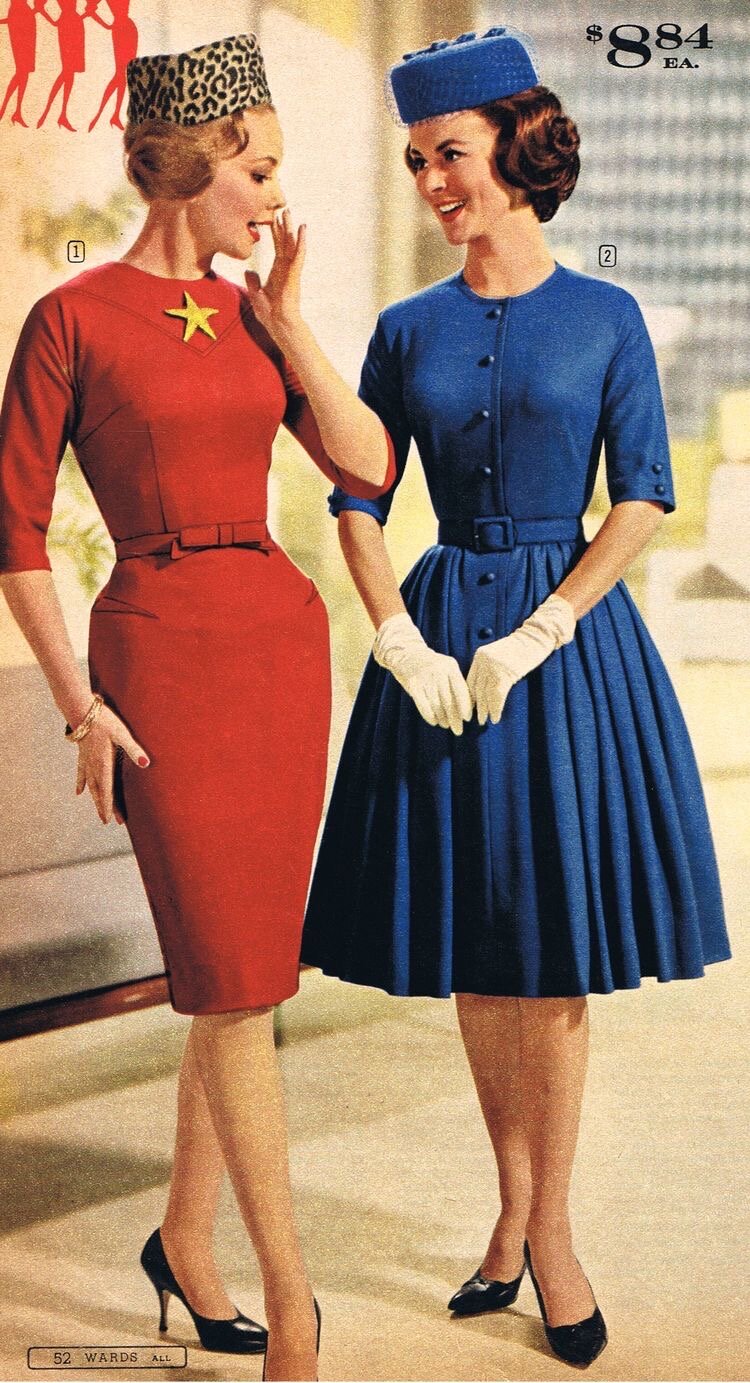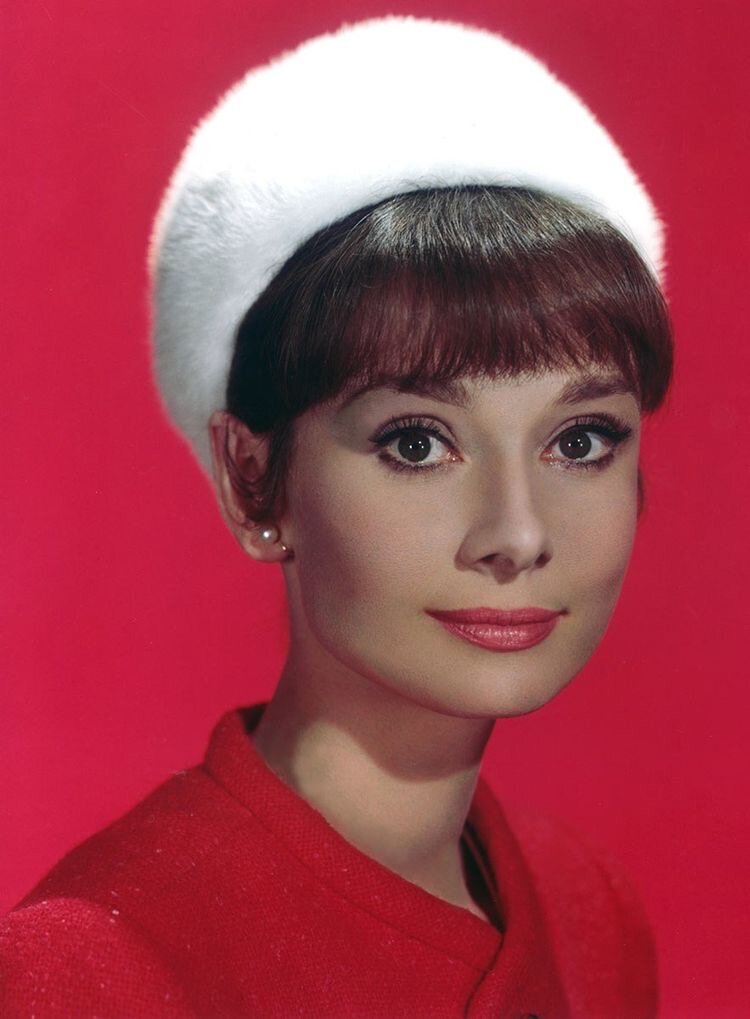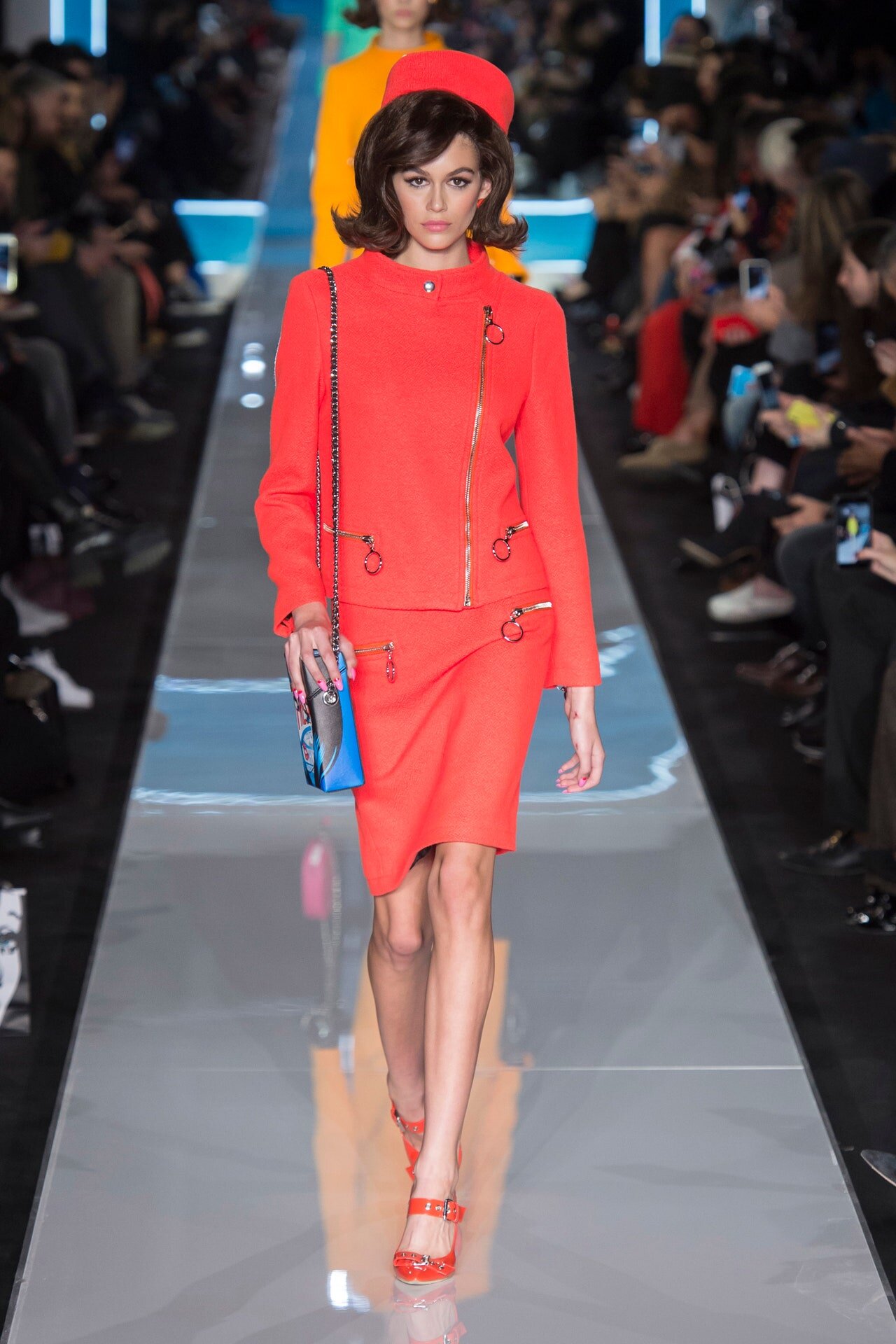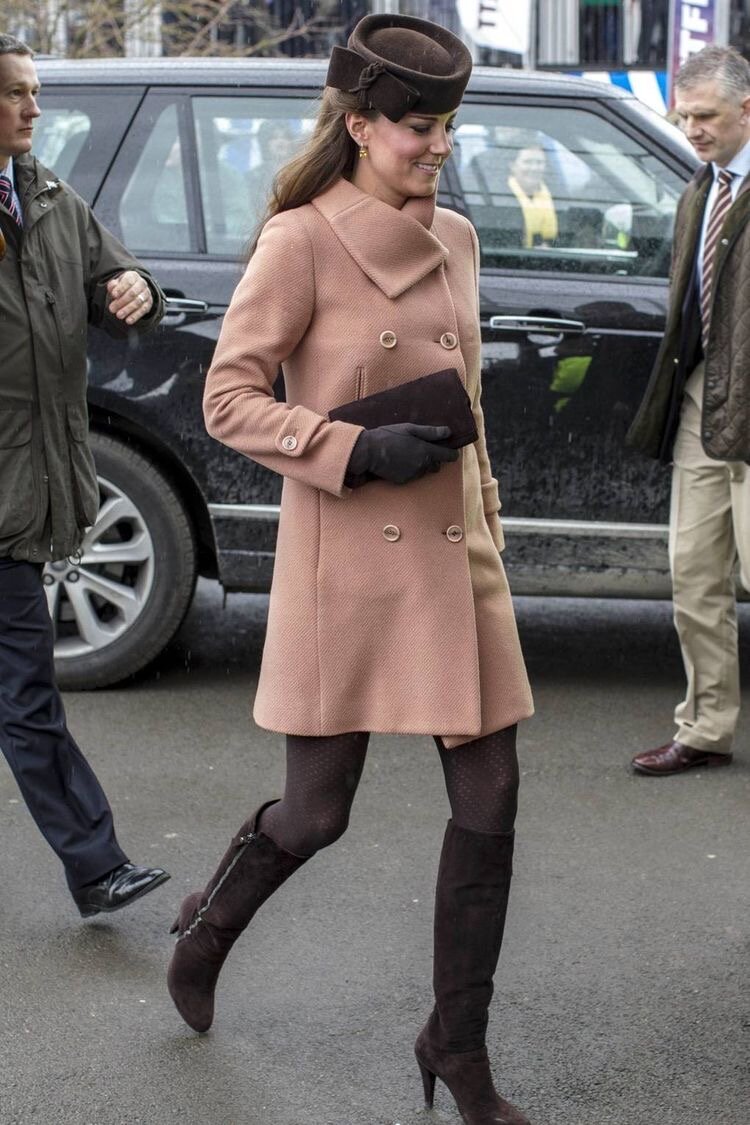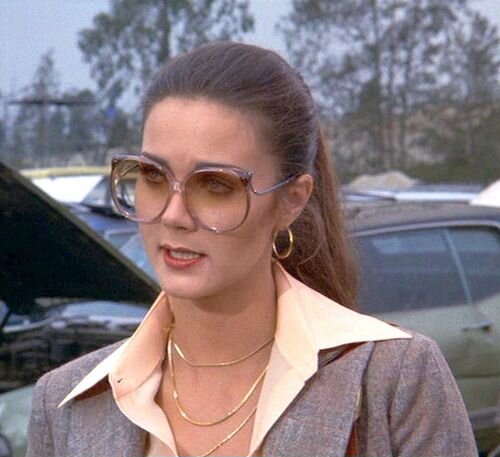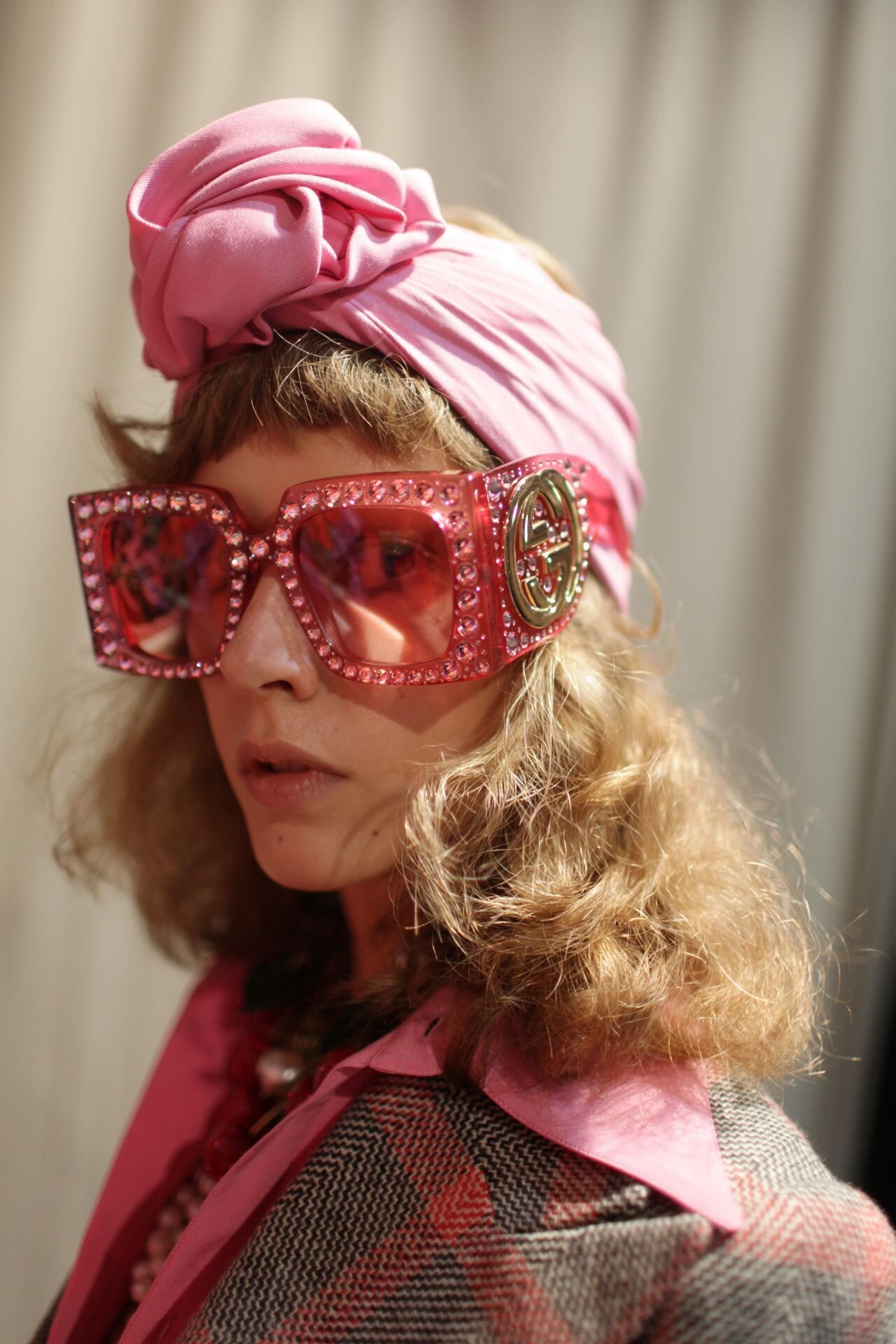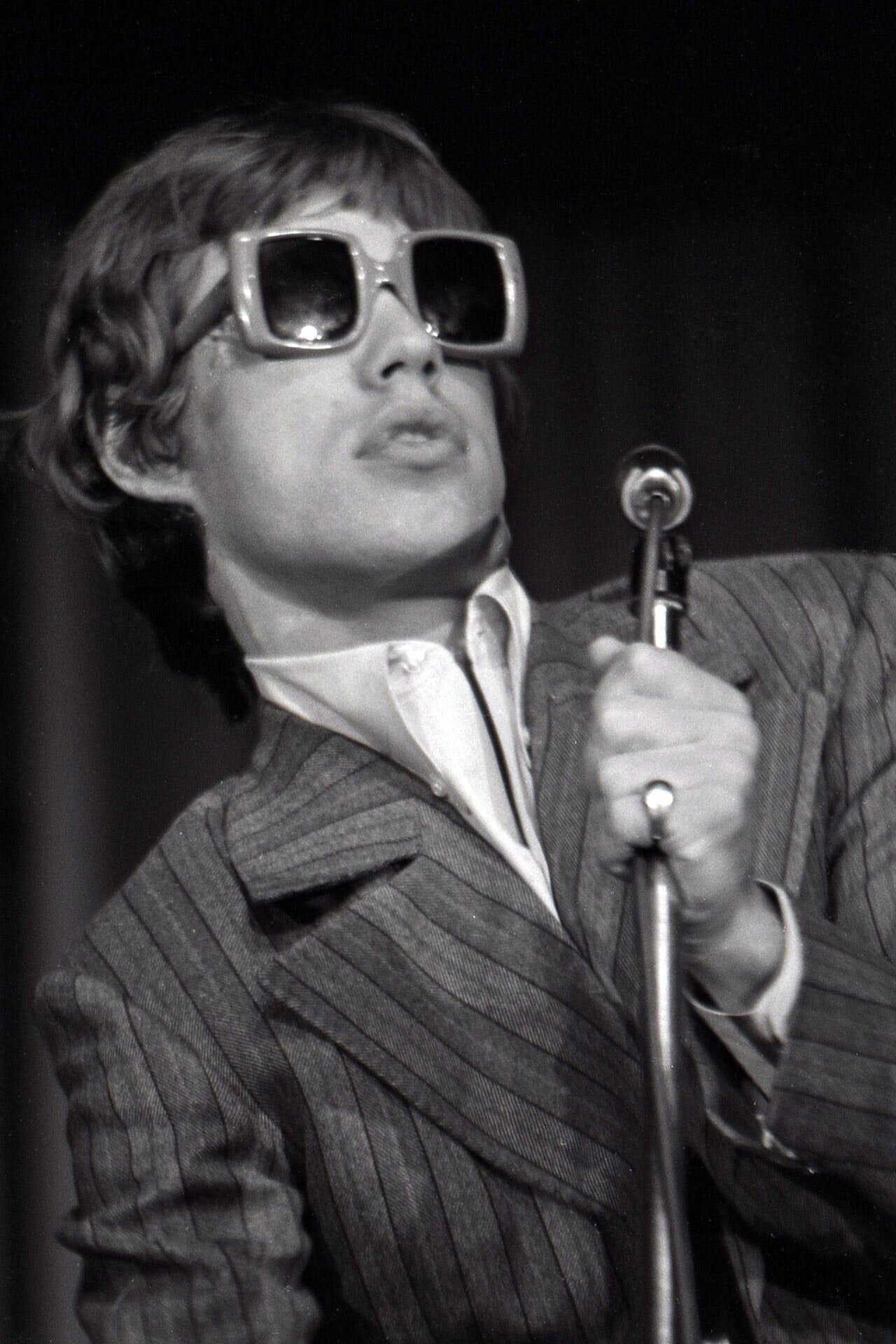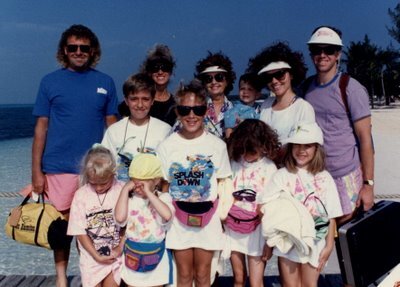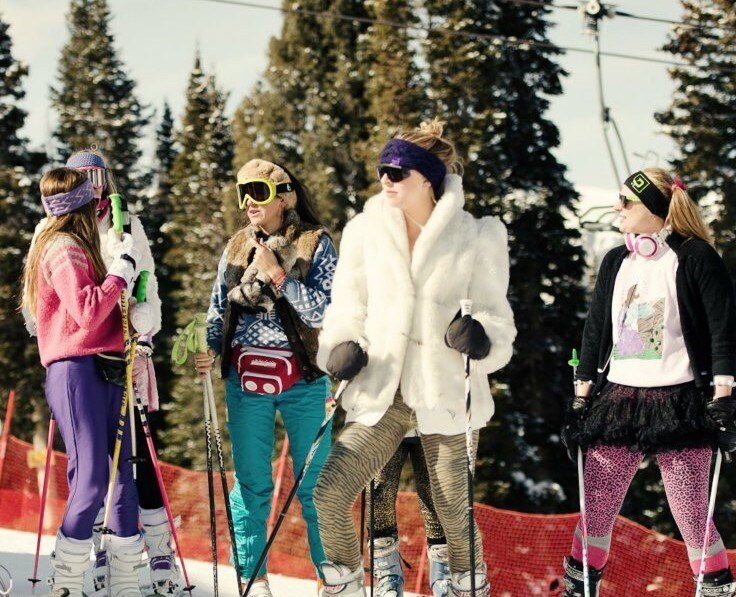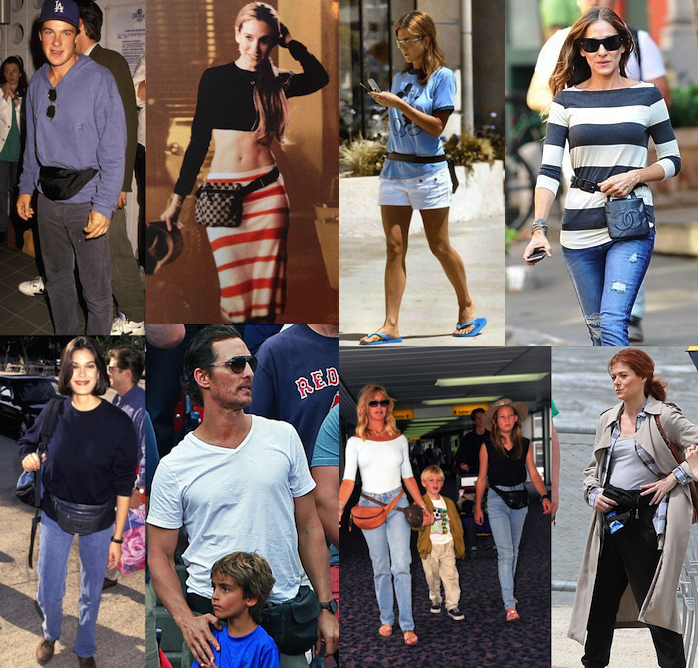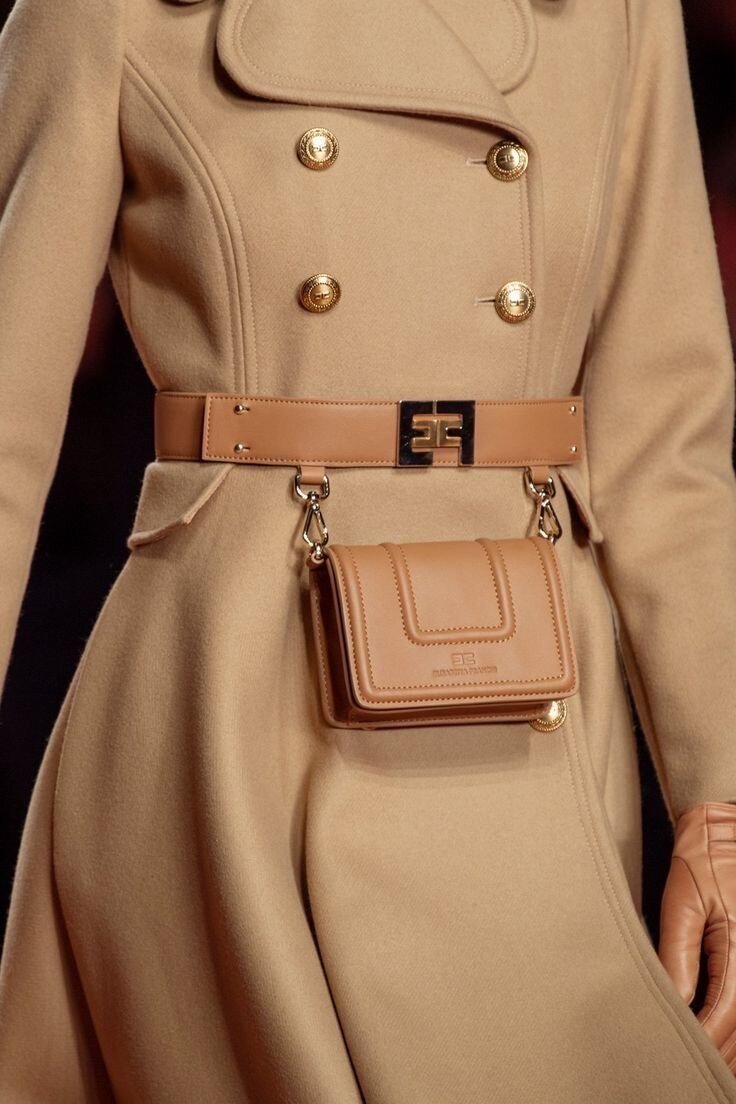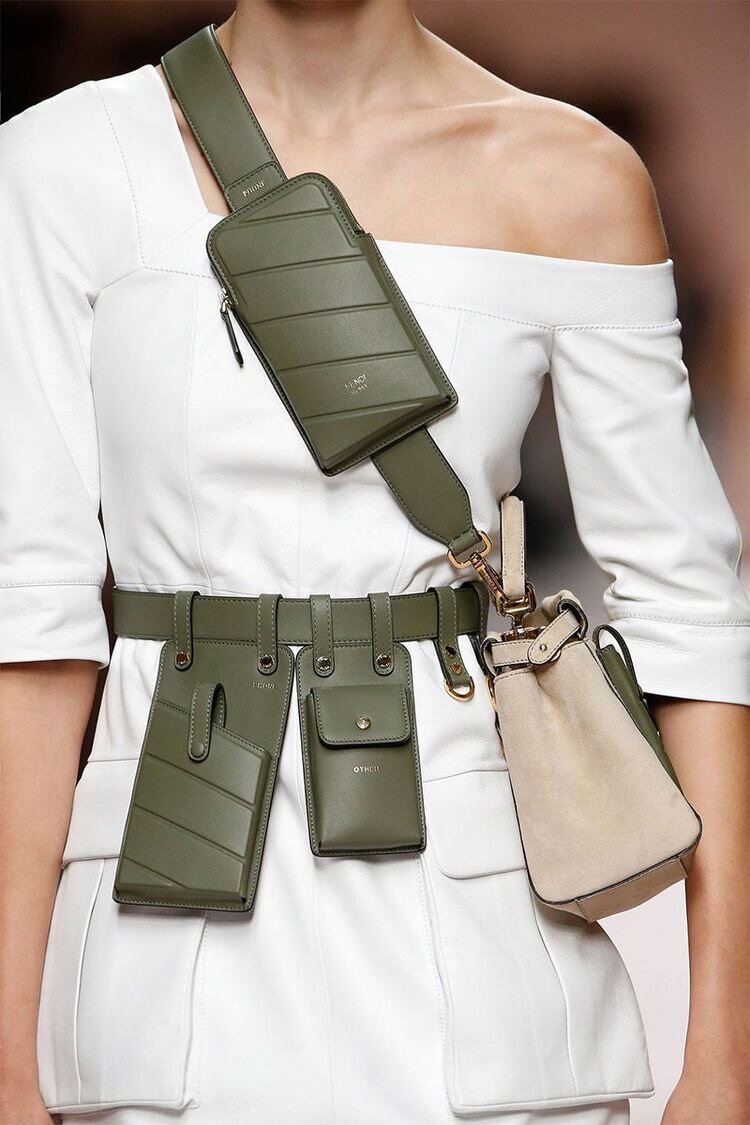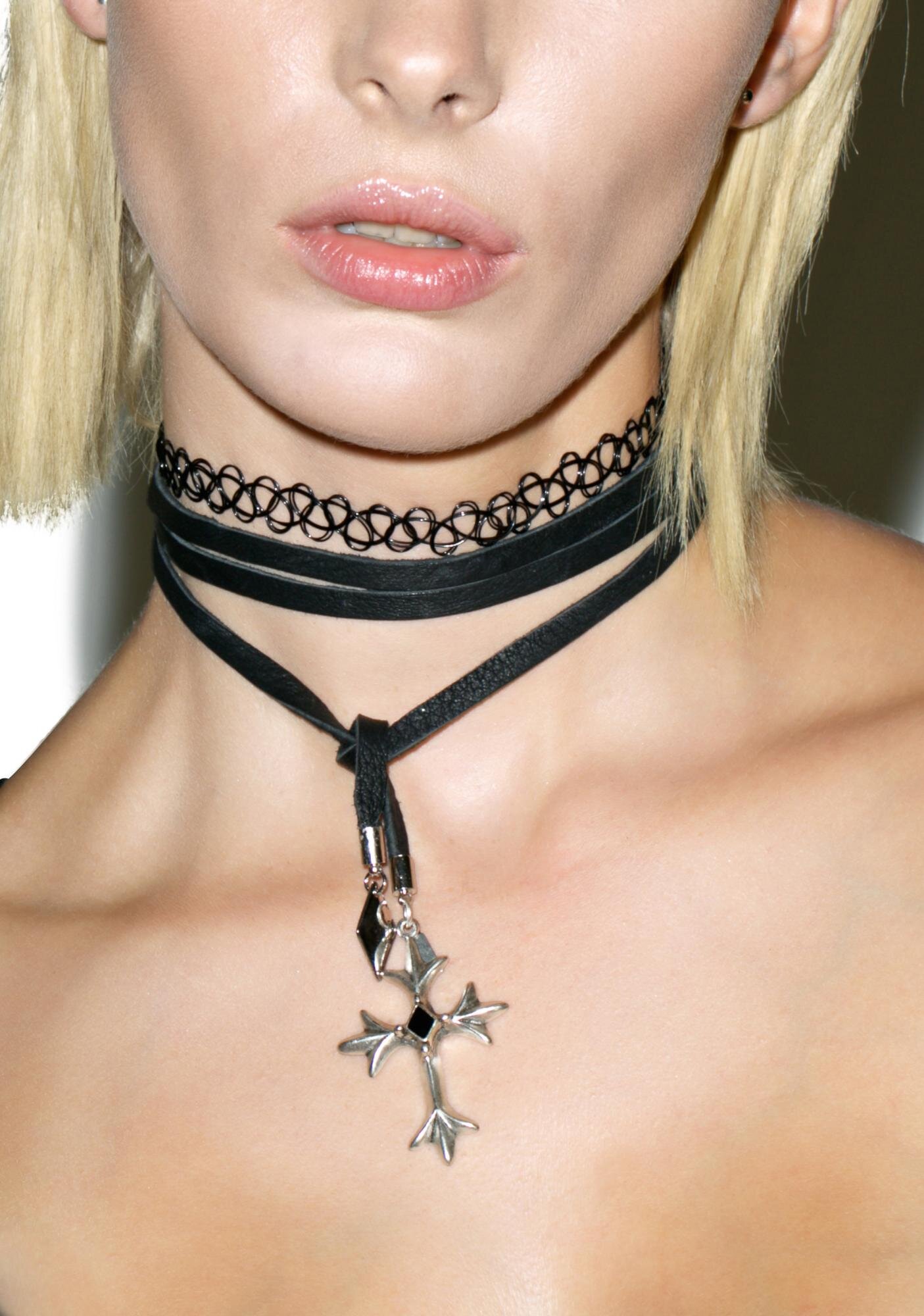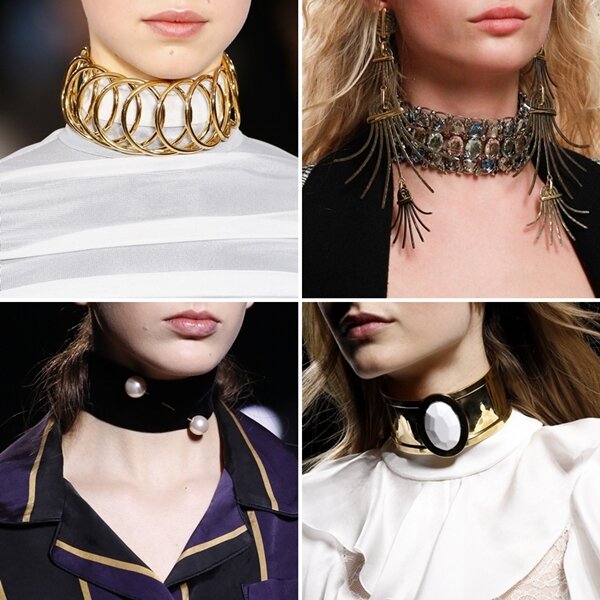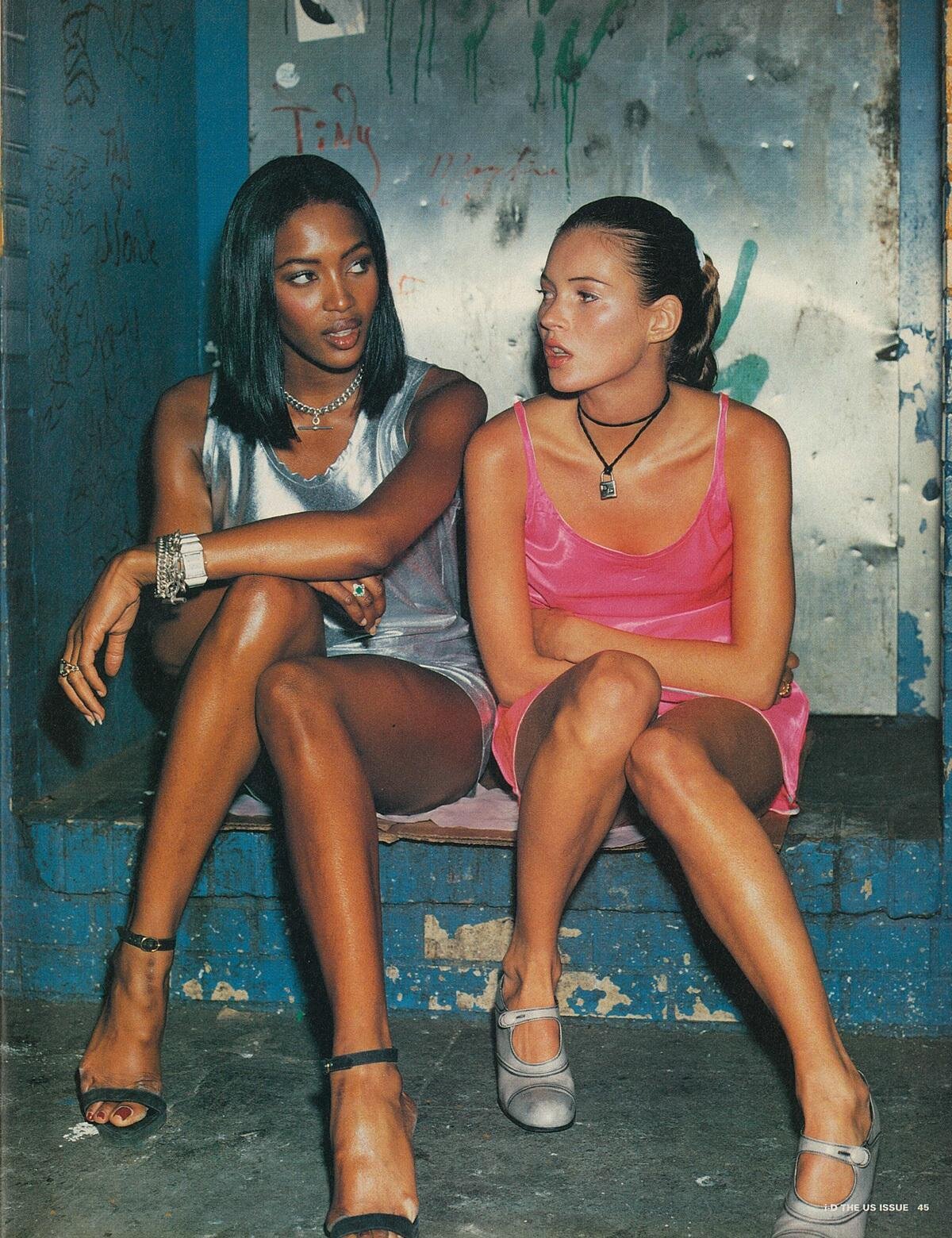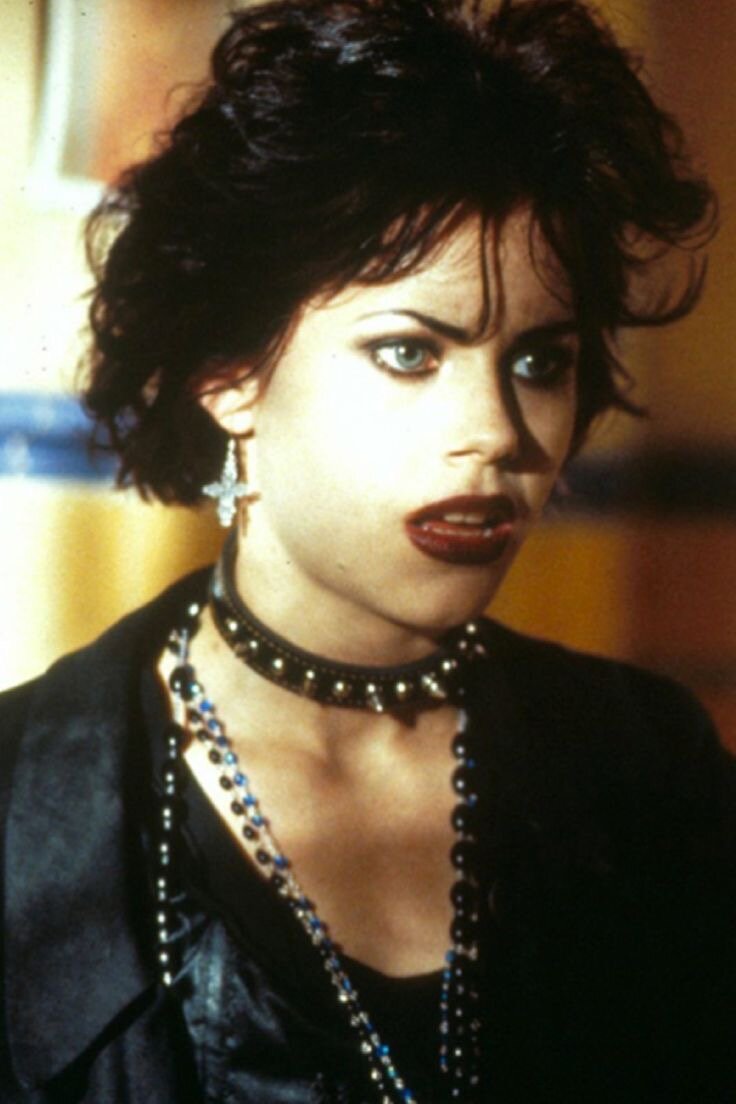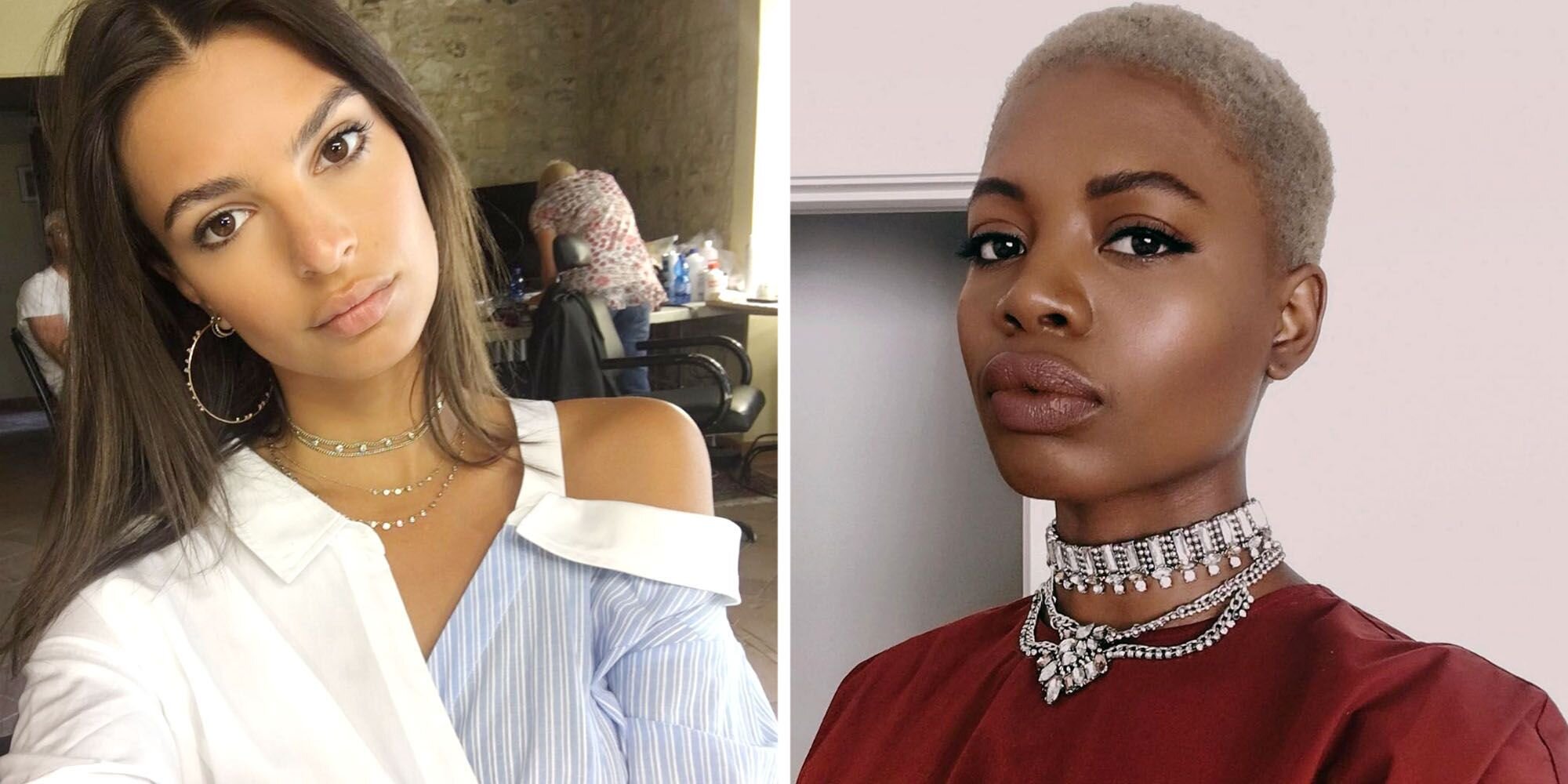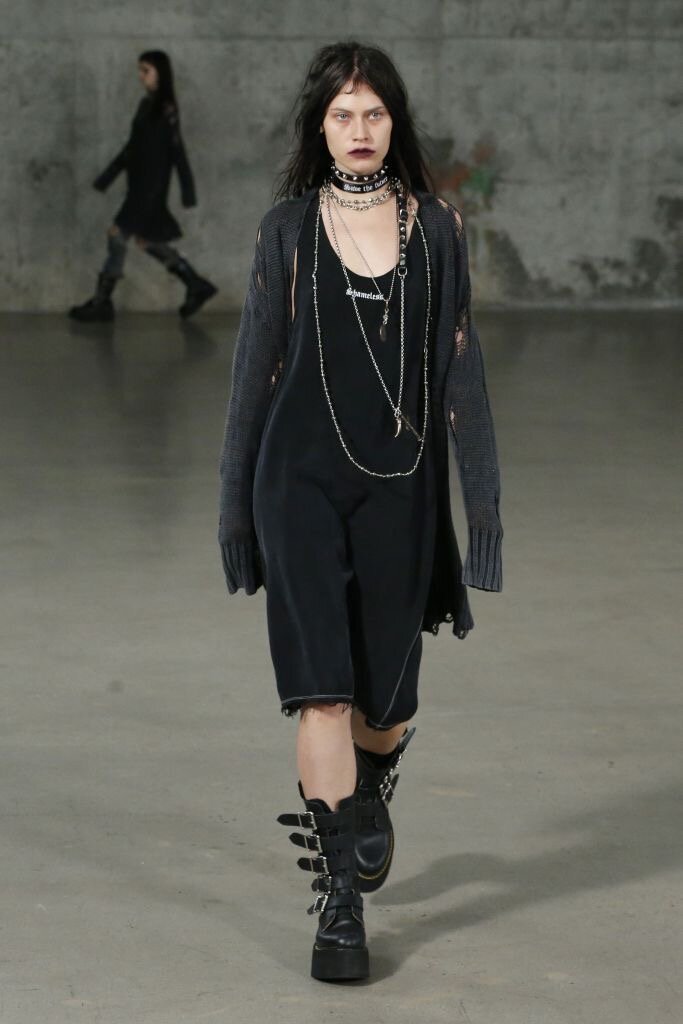The Trendiest Accessories in American History
The Top Hat: 1850-1900
The top hat was first worn by John Hetherington in the 1790s, but many people panicked at the large hat and found it unpleasant. Hetherington then went to court for his hat due to the bad reactions. The top hat didn’t get popular until the 1850s. By this time, Prince Albert started to wear the hat, and it became a huge trend in men’s fashion. The top hat was usually made with beaver skin to protect against water damage. Later on, it was made with silk for special events. From 1850-1900, men wore top hats for business, pleasure, and formal occasions, making its wearer feel taller and suave. America associates the top hat famously with President Abraham Lincoln. Lincoln was seen wearing the trendy top hat to Ford’s Theatre the night he was assassinated.
Source: Pinterest
The Merry Widow Hat: 1900-1910
The 1910s was the Edwardian Era; it went from 1901-1910 in the United Kingdom, but then extended to 1914 as World War I started. The Edwardian Era inspired fashion around the world as there were small shifts in women’s clothing. Women’s clothing became lighter and more comfortable than in the Victorian Era where skirts were wider and corsets were restrictive. As skirts became straighter in this era, the large feathered hats called Merry Widow hats began to take off.
The hat was designed by fashion designer Lucile for the operetta “The Merry Widow” which premiered in 1907. The Merry Widow hat was popularized by Lily Elise who became immensely popular through the show and would become one of the most photographed women during the Edwardian era. The hat was known for its large size with a width of 18 inches. The top of the hat is very extravagant with flowers and feathers. During this time, women cared deeply about their looks and style, but the Merry Widow Hat was later seen as impractical since women had to style their hair in a way where it supported the hat.
Source: Pinterest
Embellished Headbands: 1920
Fashion had one of its biggest turning points during the 1920s. The fashion had become more sexy, chic, and extravagant—like the decade. The flapper style included exotic fabrics and prints and was heavily embellished with feathers and beads. The style was influenced by Art Deco and Egyptian fashion. During the day, women wore the cloche hat, a tightly fitted hat that went right above the eyes, and at night, women wore the jeweled headband for parties, occasions, or just a night out on the town. When you look at photos from the ‘20s, you see the headband decorated with one or two feathers and embellished with pearls, beads, or jewels. Over time, the headband changed from a glamorous accessory to a bohemian hippie accessory in the ‘70s. The headband around the forehead has become trendy now and then, whether it’s casual, bridal, or for a special event.
Source: Pinterest
The Pillbox Hat: 1960
The classic pillbox hat has a big association with the lovely Jackie Kennedy. Jackie Kennedy first wears the pillbox hat at her husband's presidential inauguration. Many people looked up to her as a fashion icon, especially since the hat became a hot trend after she wore it repeatedly. The hat was then worn by women and actresses of this time like Audrey Hepburn and Doris Day. The hat became a staple piece for flight attendants’ uniform during the ‘50s and ‘60s; even to this day, flight attendants around the world still wear the pillbox hat as a part of their uniform. The pillbox hat was also versatile. Depending on the shape and size of the hat, you can pin or place it at different angles on the head to get different effects. The pillbox hat went well with almost any style of clothing—formal, glamorous, romantic, minimalist, or dramatic. Past the ‘60s, we have seen the pillbox hat return on Princess Diana, Kate Middleton, and other royals as a go-to sophisticated look.
Sources: Pinterest, Vogue, and Conde Nast Traveler
Oversized Sunglasses: 1970
Oversized sunglasses weren’t popularized until the late ‘60s and remained a trend throughout the ‘70s. These sunglasses became even trendier over time to where many designers and retail stores carry the style today. In the late ‘60s, the mod style was thriving with bold colors and shapes for sunglasses. The sunglasses became more modern and larger with geometric shapes. Trendsetter Jackie Kennedy wore these oversized sunglasses, resulting in them becoming popular and a staple accessory in the ‘70s. The style was worn by Linda Carter, Elton John, Mick Jagger, Iris Apfel, and more. A few brands that have a variety of oversized sunglasses include Gucci, Celine, Fendi, Givenchy, and Prada.
The Fanny Pack: 1980
Most people would associate the fanny pack with the ‘80s, but a similar design called the bumbag was actually created in 1962 by an Australian woman named Melba Stone. Even before then, Sports Illustrated listed 50 gifts you should get for Christmas in 1954; the fanny pack was on the list. Sports Illustrated described the fanny pack as a use for cyclists, hikers, and especially skiers. In the ‘80s and ‘90s, fanny packs were used for traveling or workouts to store your essentials; it wasn’t considered a fashion-forward bag.
The fanny pack started to become more stylish and even more recognized when it began to be used for raves and music festivals. In the past few years, the fanny pack skyrocketed and became the bag everyone wanted to get their hands on. The bag became incredibly fashionable to where it is now called the “belt bag”; the belt bag has now been included in many retail stores like Zara, H&M, Macys, and Nordstrom. High end designers have also taken part of this style, like Gucci, Saint Laurent, Prada, Coach, Balenciaga, Fendi, and Louis Vuitton.
Sources: Pinterest and Bag Snob
Chokers: 1990-2000
Chokers have been around for hundreds of years, but the ‘90s is where it skyrocketed. The choker became a hot trend during this decade and lasted until the early 2000s. By 2012-2013, the necklace made a huge comeback with the tattoo choker. The necklace is made with different materials including satin, metal, lace, and leather. During the ‘90s, velvet was commonly used for the choker with a cross hanging from it. I have pictures of my mom from the '90s to confirm this. During this time, chokers were mostly in the goth scene with leather, spikes, and crosses. Today, most of the chokers you see are gold or silver chains with added layering; they are now a staple piece when it comes to accessories. Within any retail store or luxury brand, you’re bound to find this classic trend.
Sources: Pinterest, Bustle, and Harpers Bazaar

